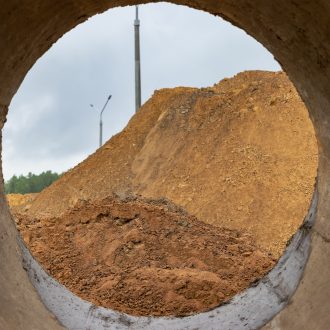
The Florida peninsula is not only surrounded by water but also covered in wetlands, vital ecosystems for fish and wildlife. It is imperative to keep these habitats protected from sources of pollutions, such as debris and erosion.
So how do we protect wetlands during construction? Common Best Management Practices (BMPs) are both silt fence and vegetative buffer. Prior to construction, silt fence should be installed upslope of the wetland or adjacent to any drainage ways leading to the wetland. A vegetative buffer should be maintained between the silt fence and wetland. On steep inclines, reinforced silt fence or double-row silt fence can be used along with buffer.
Protecting the wetlands in Florida is taken very serious, and the Florida Department of Environmental Protection can impose hefty violations fines up to $10,000 per day when wetlands are impacted. As construction grows, so does the need to protect one of Florida’s most important natural resources. Contractors must utilize the appropriate BMPs when building near wetlands to prevent critical impacts on natural resources, groundwater and the economy.


